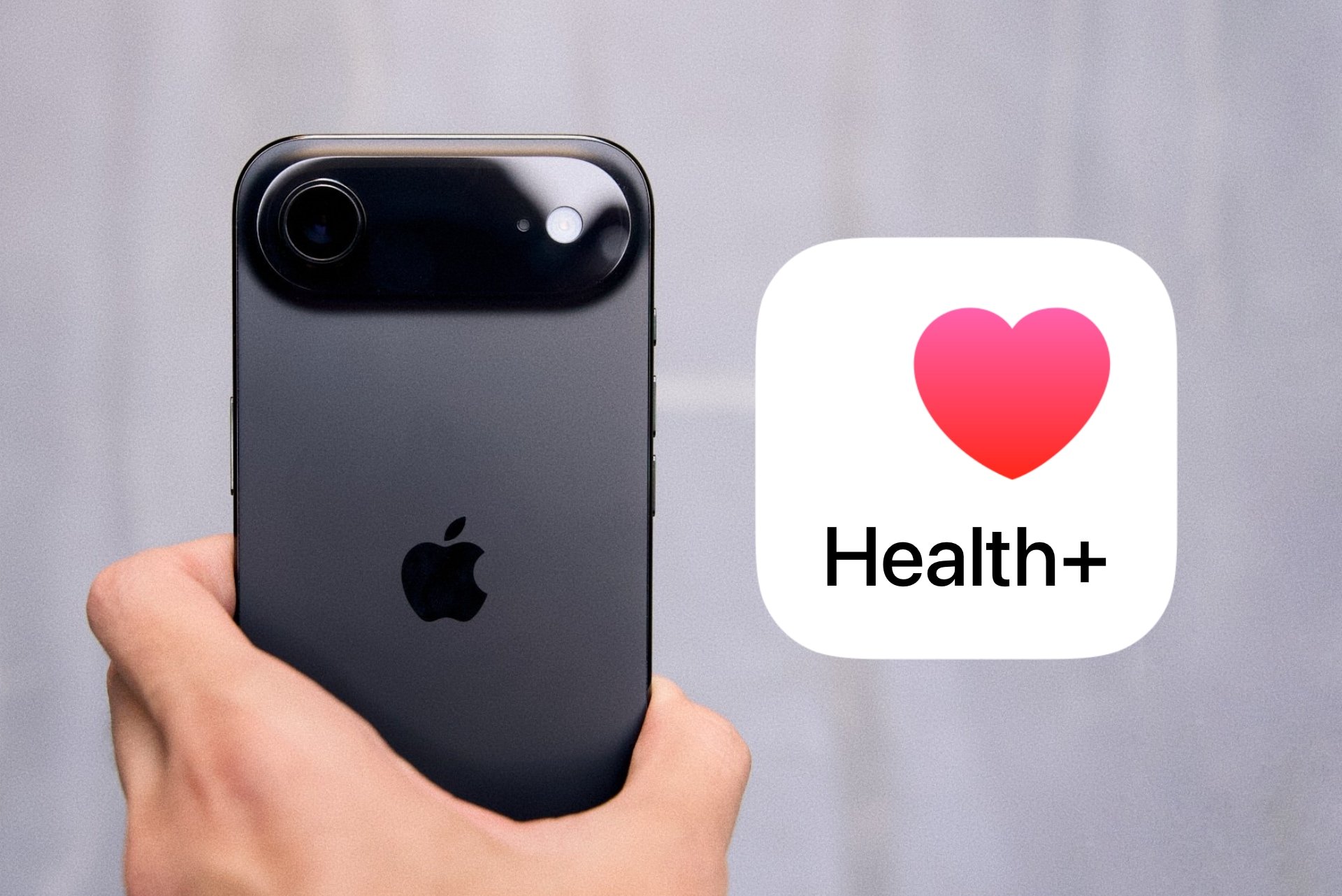Apple announced a number of new features and improvements to watchOS 9 via a preview. For example, Watch users can use four new dials that provide more information and further personalize the watch. Sleep stages and a new AFib history feature in the Sleep app are also new, while the Workout app has been updated with overviews, comprehensive metrics and workouts. According to Apple, the new Medicines app should also make it easier to manage, understand, and track your medications.
On the screen, you can now turn the Digital Crown during a Training session to switch between different training views to see data about different types of training. Heart rate zones can be calculated automatically based on your health data or adjusted manually to monitor the intensity of a workout. In addition, you can now use Custom Workouts to create a workout that includes sports and rest intervals; Notifications about speed, power, heart rate and cadence will help you in your training.
Accessible by everyone, Apple Fitness+ is the first fitness and wellness service designed for the Apple Watch. By design, workout metrics are sent from your watch to the screen of your iPhone, iPad or Apple TV in real time. Starting with watchOS 9, Fitness+ workouts now include on-screen commands in addition to coaching. Fitness+ subscribers without an Apple TV can use AirPlay to view their workouts and meditation sessions on compatible third-party TVs.

With the sleep features on the Apple Watch, it was already possible to create bedtime and rest schedules, as well as track your sleep to reach your goals. In watchOS 9, you should now be able to track your sleep more accurately thanks to sleep stages. With signals from the watch, accelerometer and heart rate sensor, it can determine which sleep stage you are in: rem sleep, core sleep, or deep sleep. Then you should be able to see all the data about sleep stages in the Sleep app. Detailed information about how much sleep you got, and metrics like your heart rate and respiratory rate, can be found in graphs in the Health app on your iPhone.
With watchOS 9, people diagnosed with atrial fibrillation can take advantage of the AFib History feature. This way they see more information about how often the heart rhythm shows signs of atrial fibrillation. Users of the feature receive weekly notifications to learn more about the frequency. They can also see a comprehensive history in the Health app that includes lifestyle factors that can affect atrial fibrillation, such as sleep, alcohol consumption, and exercise.
The beta version of watchOS 9 is available to developers through the Apple Developer Program at developer.apple.com. The public beta will be available to all watchOS users next month at beta.apple.com. watchOS 9 will be available this fall as a free software update for an iPhone 8 or later with iOS 16, or Apple Watch Series 4 or later paired with an iPhone SE (2nd generation) or later. Some features may not be available in all languages or regions or on all devices. Properties can be changed. For more information, visit apple.com/nl/watchos/watchos-preview.
Source: Apple
Source: Hardware Info












